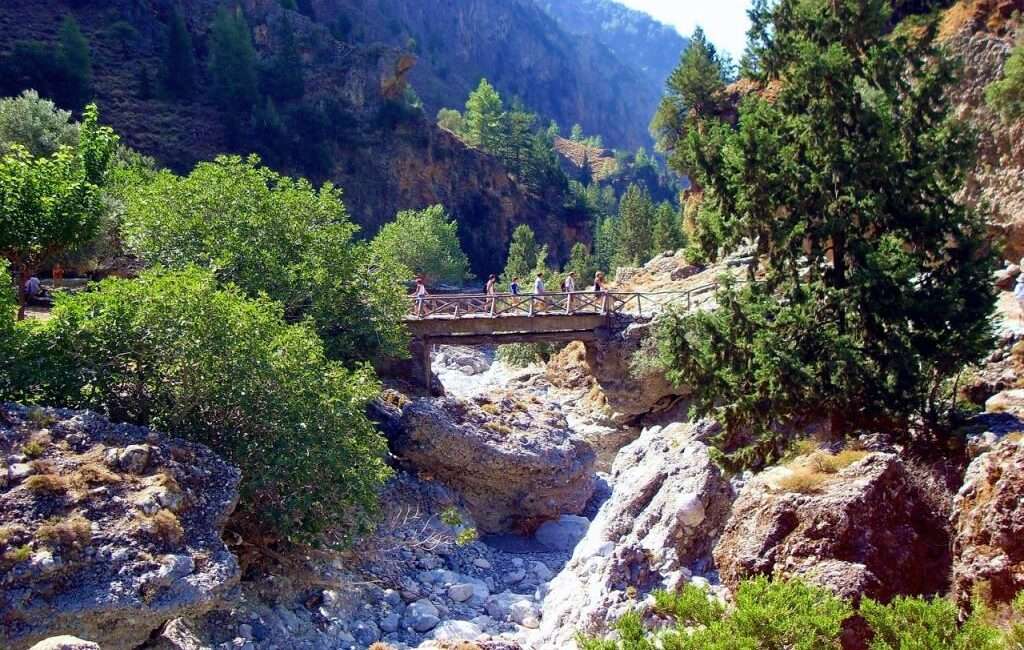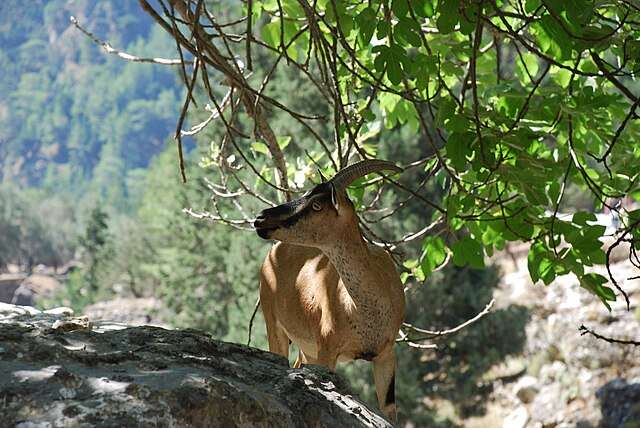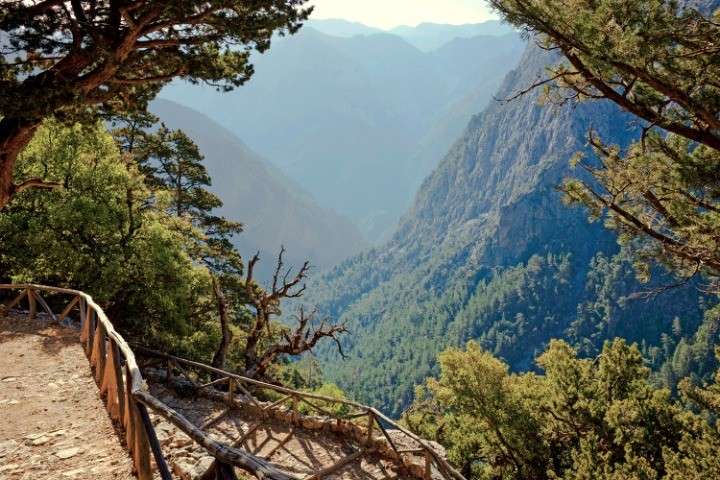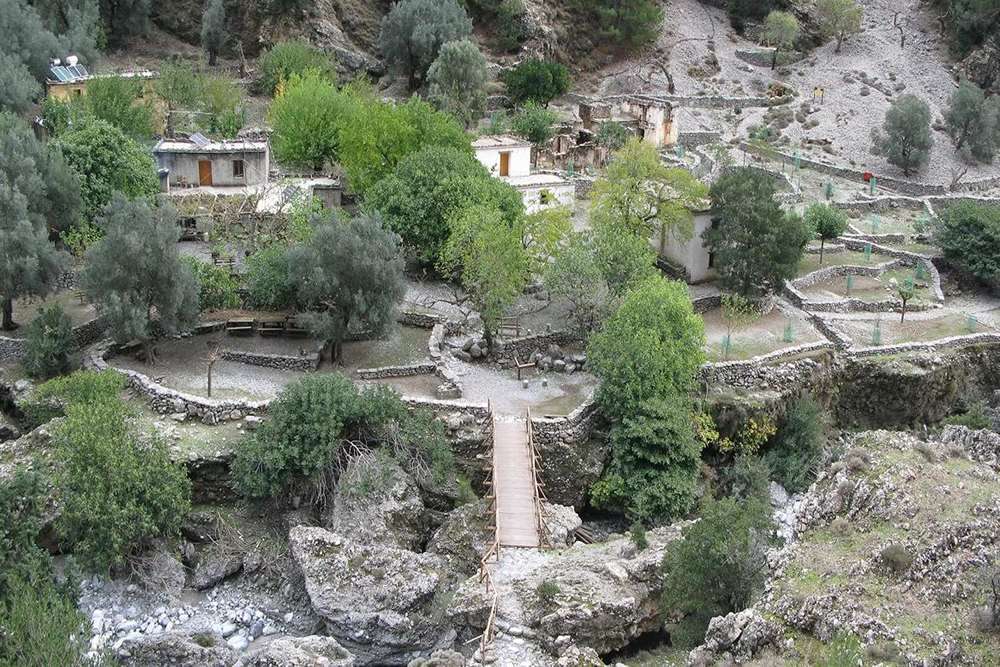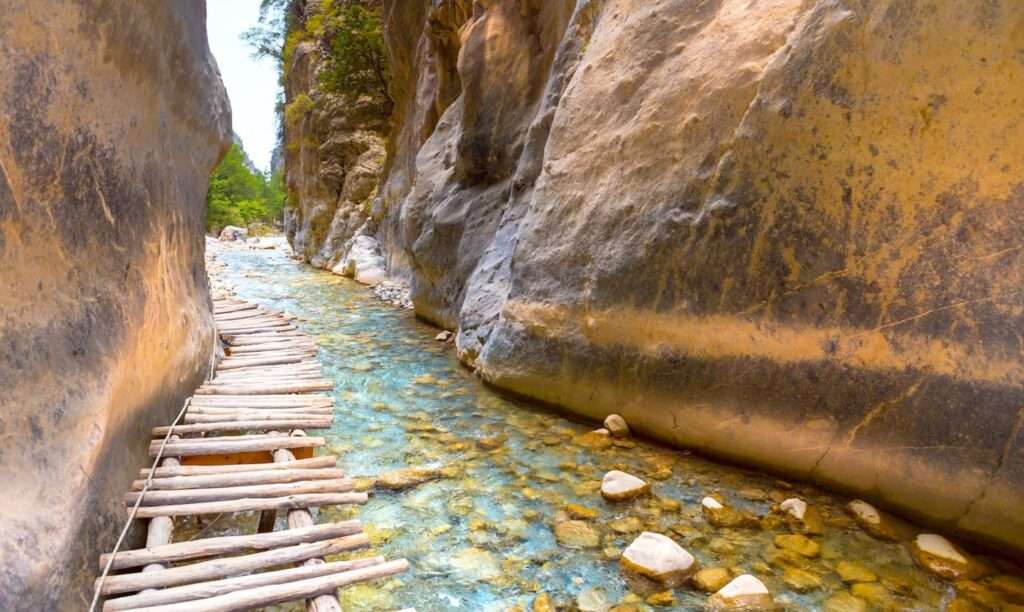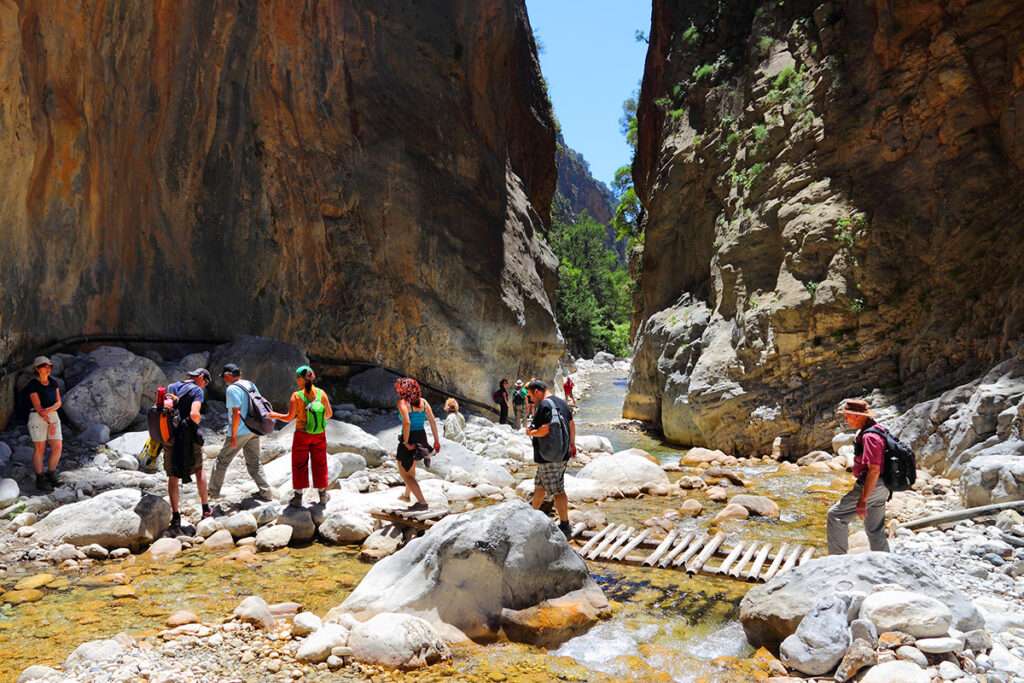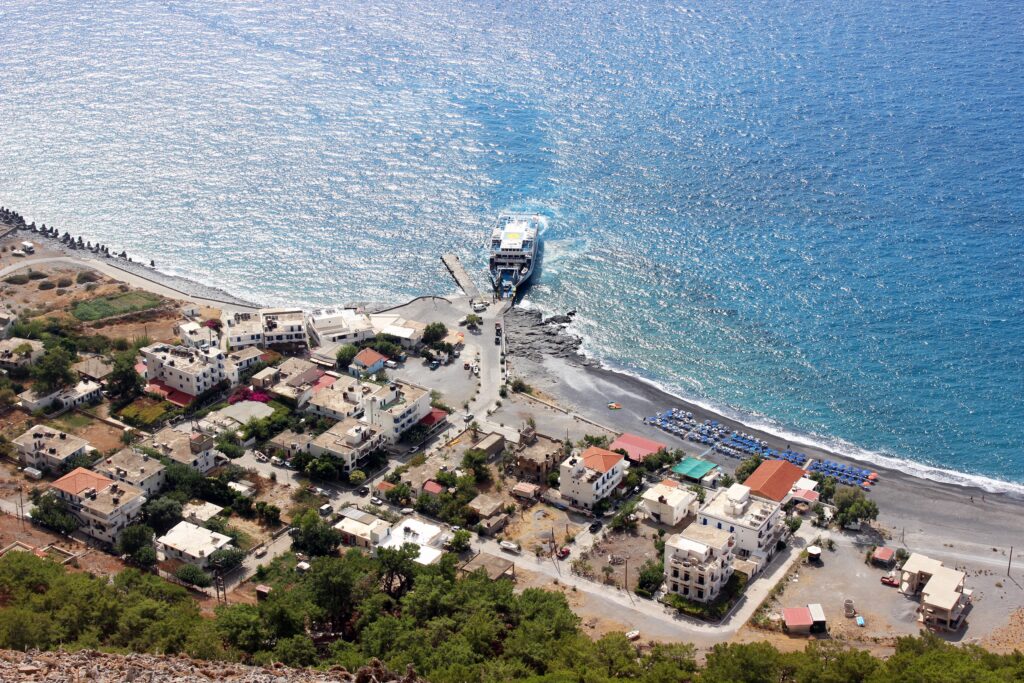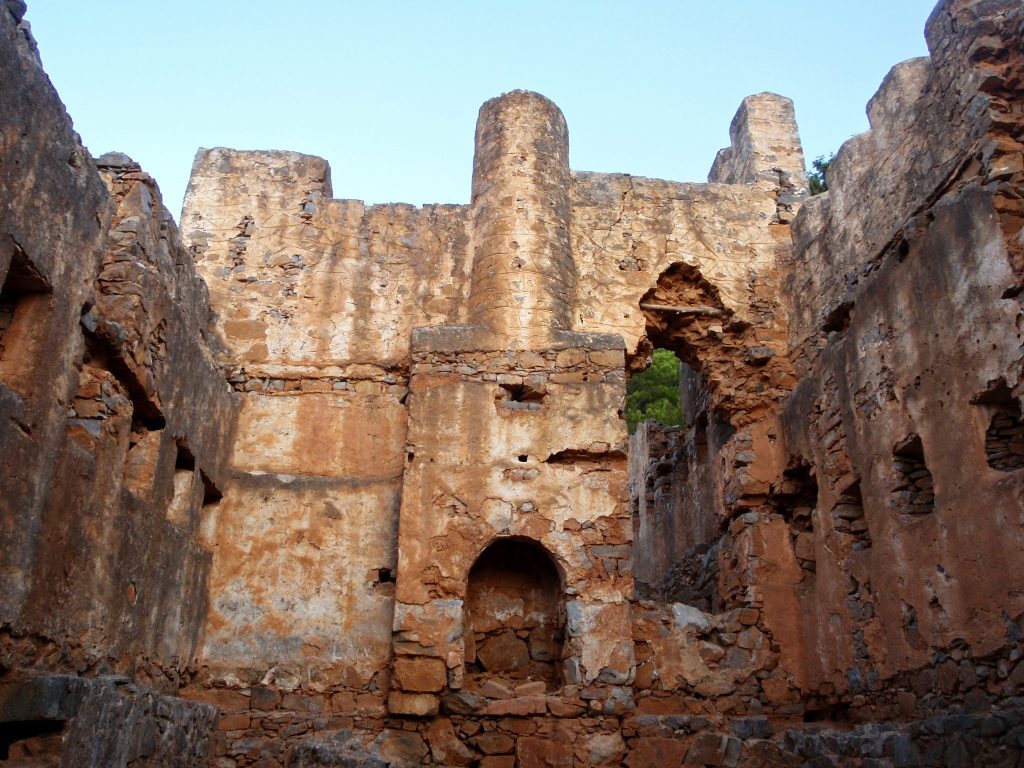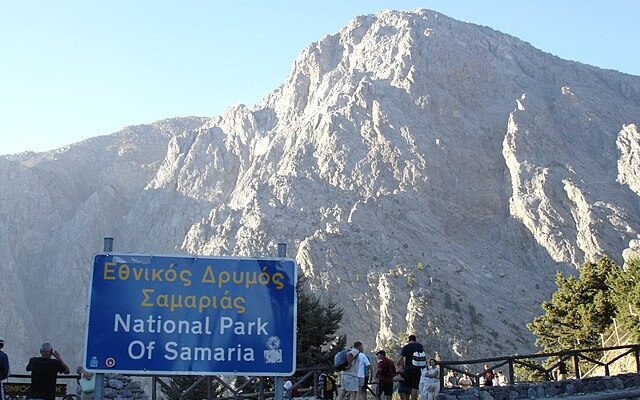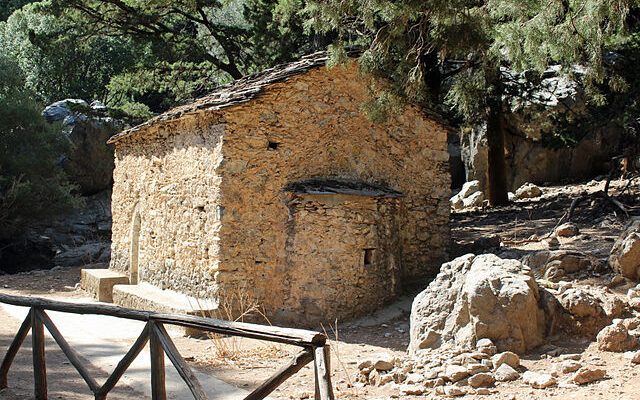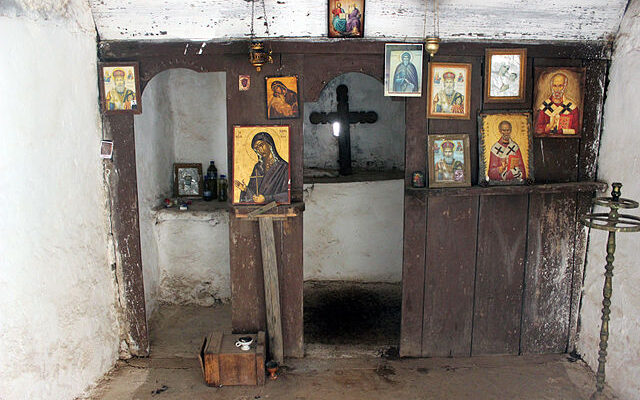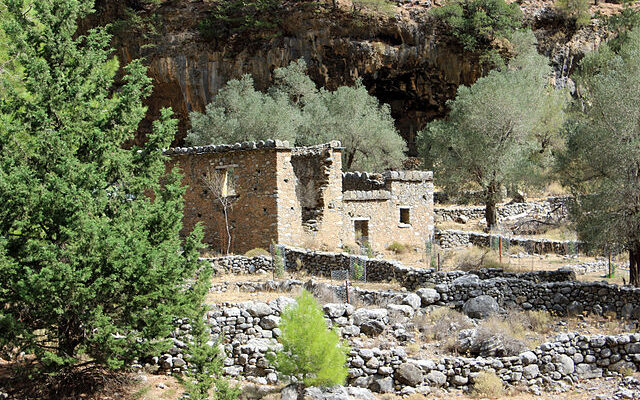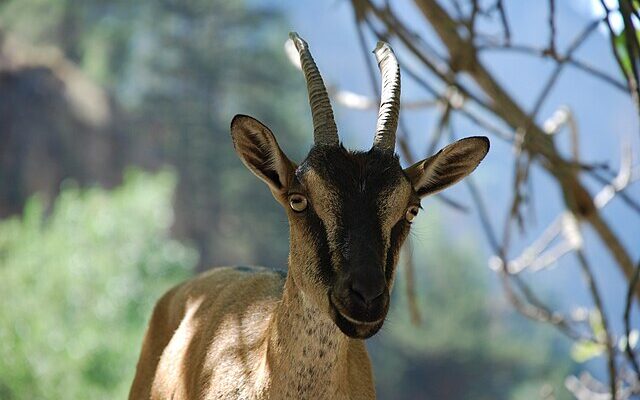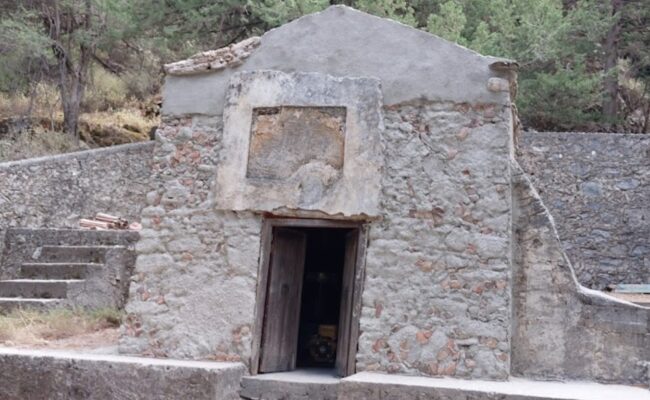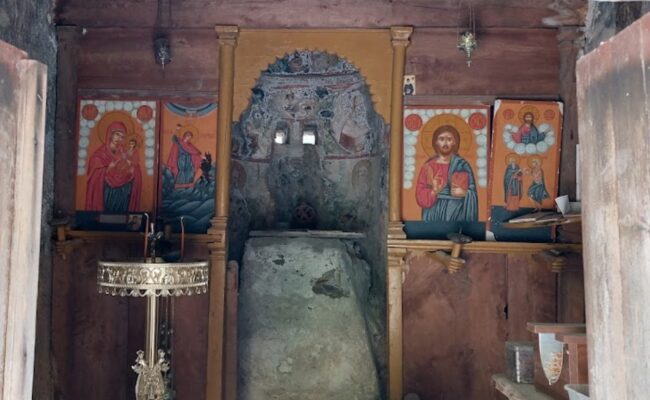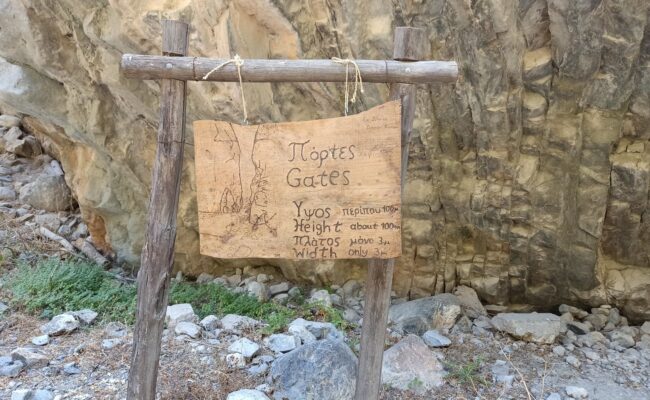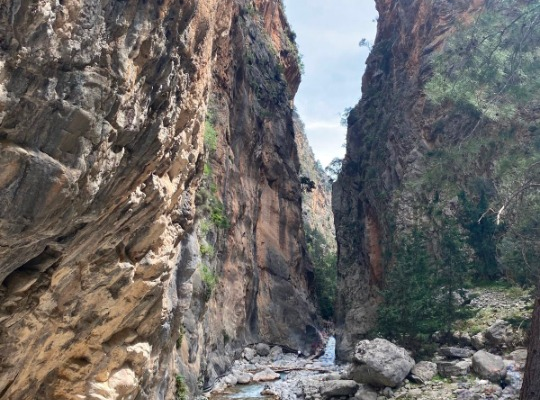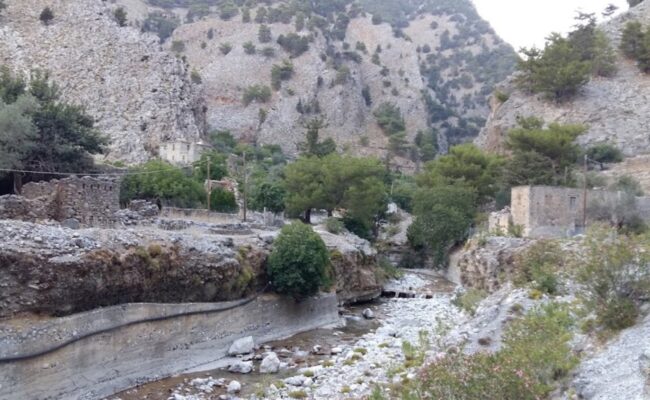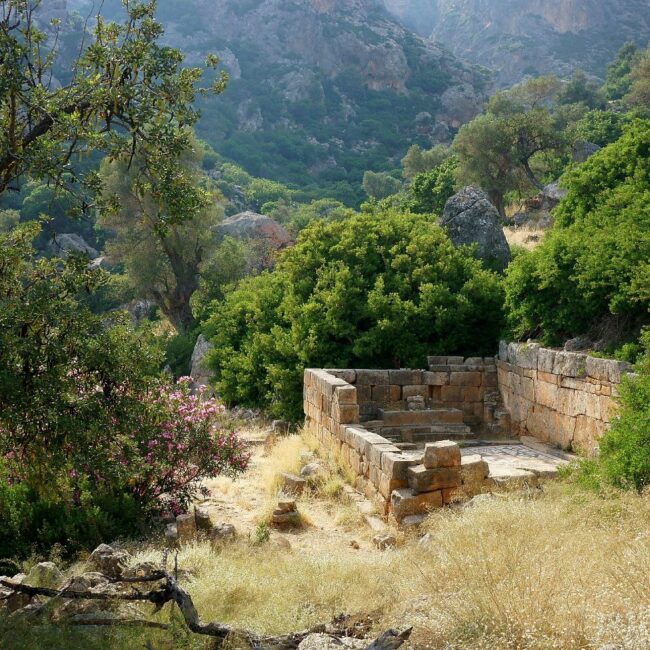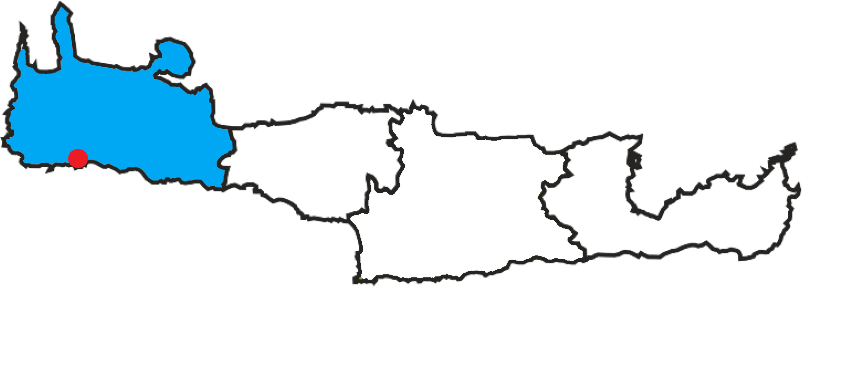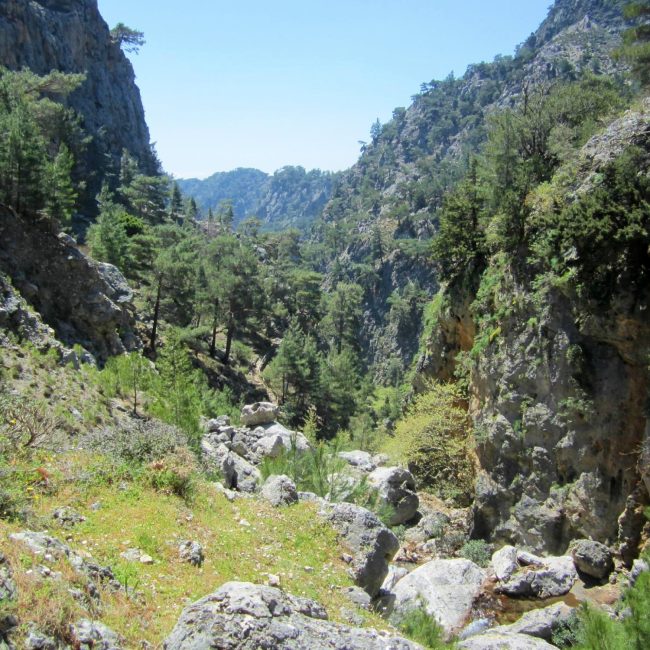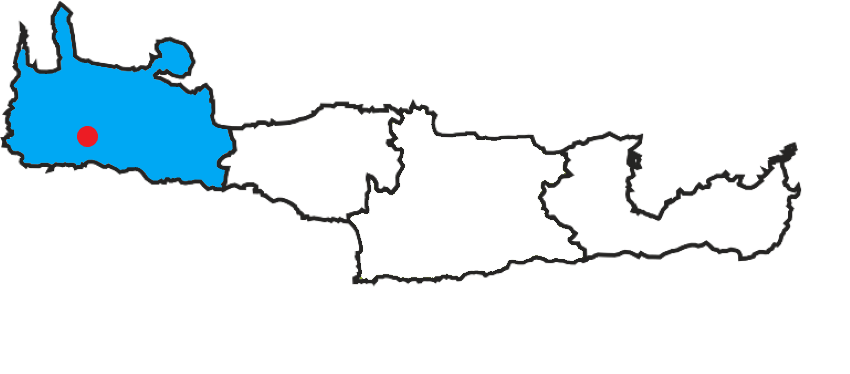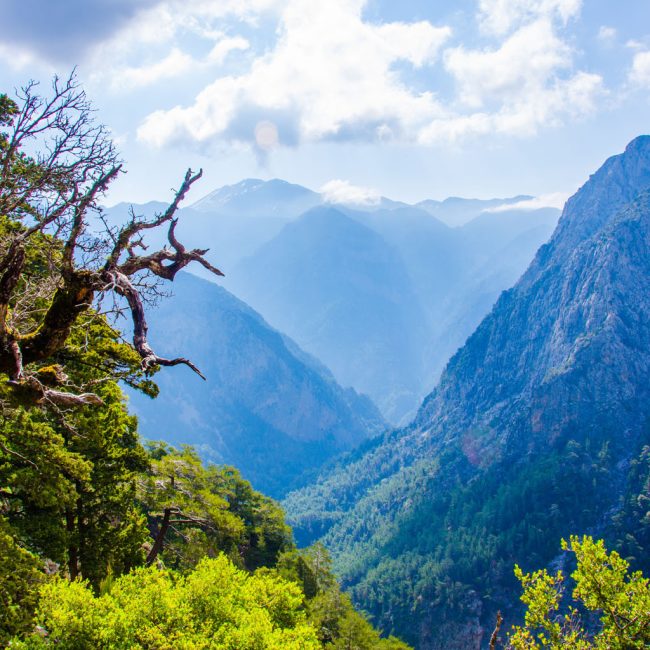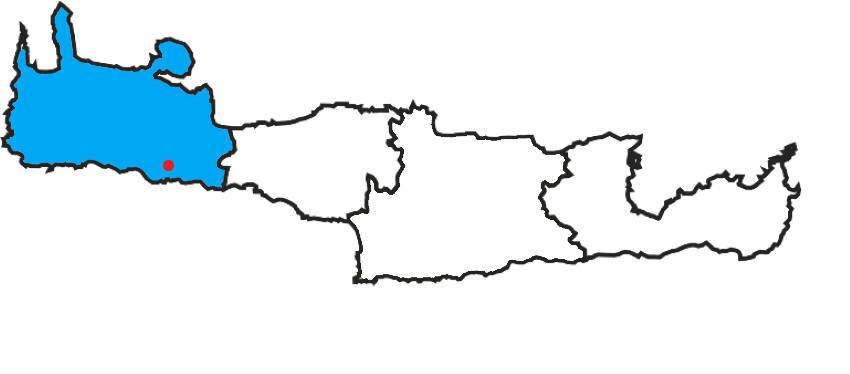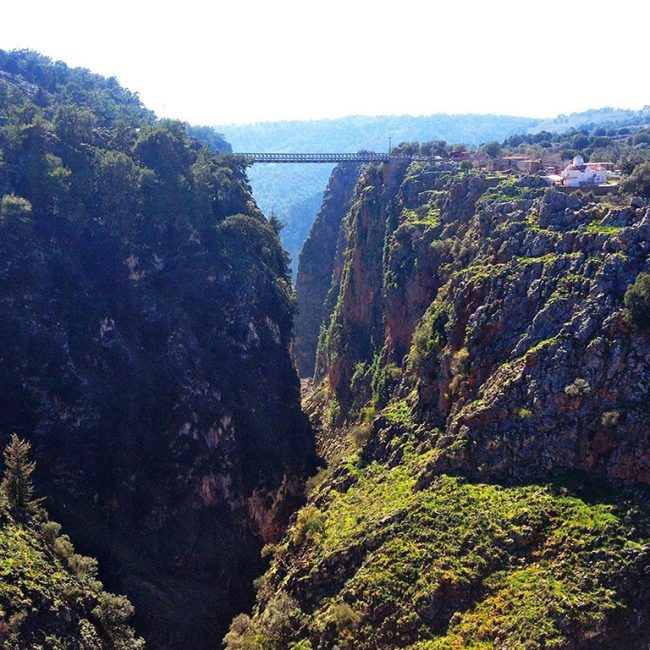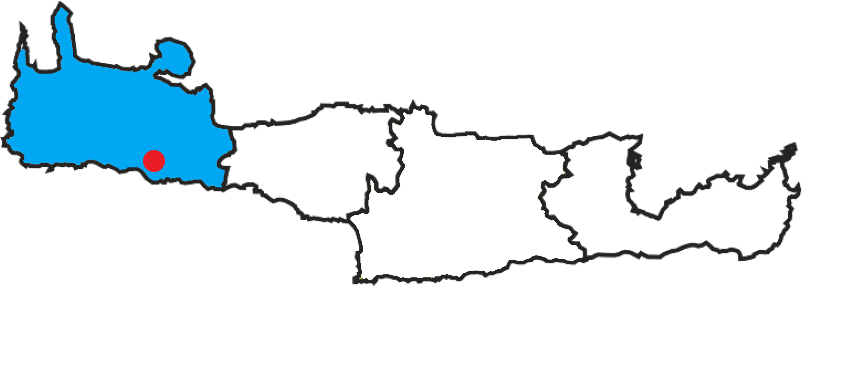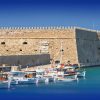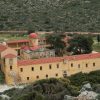Samaria Gorge
Samaria Gorge: A Must-Visit Destination for Adventure Seekers
Samaria Gorge is one of Crete’s most spectacular natural beauties and a famous tourist attraction for travelers from all over the world. Located in the southwestern portion of Chania, the Samaria Gorge is a national park that is part of the White Mountains (Lefka Ori) range. The gorge spans about 16 kilometers from the village of Omalos to the coastal village of Agia Roumeli, attracting hikers and nature enthusiasts alike.
Key Features of Samaria Gorge
Samaria Gorge is a UNESCO Biosphere Reserve with a diverse mix of vegetation and wildlife. Several indigenous plant species can be found in the gorge, including the Cretan tulip, Cretan dittany, and Cretan cyclamen. The gorge, as well as a couple of other locations, is home to the Cretan wild goat (Cretan Ibex named Kri-kri), an endangered, rare and protected species.
Even though the difficulty of the hike is not hard, you should keep in mind that it is 16 kilometers long and it is not for the faint-hearted. It involves walking along rough and rocky terrain with a steep incline at the beginning (a 1250-meter descent). It is a kid-friendly destination (above 12 years old), but only if you think that they can handle it. If your kids get bored easily, it will be a bit of a problem. It will take you 5-7 hours to cross the gorge.
If you feel that is not a destination for you or your family but you still would like to visit it, we have the solution for you!
As we mentioned earlier, the hike can be challenging for various reasons. However, the breathtaking view and sense of accomplishment that come with finishing the hike make it well worth the effort.
We guarantee that you will feel so free and amazed by the stunning views as you descend into the gorge. Then, entering the gorge through lush woodlands and walking along the banks of the Samaria River.
You will pass by several small churches and authentic Cretan communities along the way. We will expand on this topic while we take you on a journey through the gorge.
The most well-known section of the Samaria Gorge is the narrowest section, known as the “Iron Gates” (Sideroportes in Greek). The gorge is only 3 meters wide here, and the walls reach a height of 100 meters. The panorama in this section of the gorge is truly magnificent, and hikers frequently stop to take photos or simply enjoy the nature.
The most essential feature of Samaria’s scenery, however, is the profound interaction between humans and nature. This interaction exists in both the presence of humans as observers and walkers and the historical imprint that Samaria’s residents have left on this location.
When and how to visit samaria gorge
There is no denying that Samaria Gorge is one of the most famous destinations here in Crete, with more than 3000 visitors on busy days. Depending of the way you are travelling and the experience you seek we will split this section into two parts:
Grouped tour
There are so many tour operators in Crete, and mostly all of them offer a tour of Samaria Gorge. These tours include transportation from your hotel to the entrance of the gorge, which is located near Omalos village, a guide, probably a meal and then your transportation back. The buses usually wait for you at Sougia after you disembark from the ferries that will pick you up from Agia Roumeli (the coastal village at the end of the gorge).
Your adventure
In order to avoid crowds and have the gorge to embark on your own journey, these are some helpful tips that we can provide you.
1st option: You need a head start! The first group buses arrive at 07:30 am at the gorge. You should start at dawn, either by getting the first bus from Chania or you might be able to find cheap accommodation at Omalos Village, which is closer to your starting point.
2nd option: If you are not a morning person, you could start your hike at 12:00 midday. Do not worry so much about the sun, there is shade all the way. By that time, most of the groups would be ahead of you.
We should mention, to this point, that you should need to spend your night at Agia Roumeli because the last ferries would have departed.
We encourage you to do this one because Agia Roumeli is a majestic destination, the accommodation is cheap and the beach is gorgeous. And since you are the adventurous type, you have so many choices for your next day too!
Click the button for more information about Agia Roumeli!
In terms of seasons, spring is the ideal time of year because the weather is still cool and the vegetation is at its peak. June is also a good time to pay a visit. The “worst” time is during a heat wave in the middle of summer (July- August), but as we mentioned earlier there is shade along all the way of the gorge.
the journey
The Samaria Gorge journey begins in Xyloskalo, which is located near Omalos Village. There, you pay a small entrance fee, which is used for the protection of the gorge.
Then you will descend 1250 meters on a well-preserved road, which is wooded all the way to the bottom. Along the way, you will encounter plenty of sources of drinkable water and toilets.
After around 3 hours of trekking, you will reach the first chapel, which is dedicated to Saint George.
A little bit further is the old and nowadays abandoned village of Samaria. There are many houses blended with nature and trees, and if you are lucky, you might encounter a Cretan wild goat (Kri-Kri).
In the village, there is one more chapel, which is dedicated to Saint Maria of Egypt. The gorge probably took its name from the saint. In Greek, the name of the saint is Osia Maria (osia is used for the saints that used to be alone). After the village, the landscape becomes smoother, with several wooden bridges along the way.
In the next hour of walking, you will reach the famous “Iron Gates”. There, you might stop and get some photos of these grand opposed cliffs.
Beyond the gates, there is one more old settlement, which was also abandoned due to a flood in the mid-1900s. It is the old village of Agia Roumeli, which is now located at the end of the gorge facing the Libyan Sea.
the "lazy way" (alternative)
There is a less-publicized route known as “The Lazy Way” by local tour companies. Don’t be fooled by the name; this path is ideal for families with little children or those who are unsure of their abilities to climb the entire length of the gorge. Because it is a backwards trip, you may choose how far into the gorge you want to go. Because the path is so rarely taken in this direction, you will have the trail almost entirely to yourself for the first several hours of the day (the same rules we mentioned before apply here also).
The tour also begins early in the morning by picking you up from your hotel, and they transfer you to Sougia. There you will pick up the ferry to Agia Roumeli (1 hour long), and once you arrive, you have the choice to either pay the small fee for the entrance to the gorge or you may spend your time however you like.
THINGS TO SEE AND DO IN samaria gorge
Operates May 1st–October 31st, opens daily at 7:00
Sometimes, due to bad weather, the gorge remains closed, so its a good idea to call +30 2821067179 before visiting.
How to Get There
The nearest city to the Samaria gorge is Chania. The directions that follow are about Chania-Omalos village (Samaria gorge tickets), where the entrance of the gorge is. It is 42 kilometers away and about 1 hour by car.
By car:
Getting out of the city center by following Kissamou Street and Kazantzakis Avenue, you will enter Chania-Sougia Road. You follow this course for 12 kilometers until you see signs for Omalos. You will enter the road Chania – Omalos and follow it until you reach the village.
There is available parking near the entrance of the gorge.
By bus:
In order to access Omalos village, you need to get a KTEL bus. You can check the timetables here. There is a bus station near the entrance of the gorge.
By boat:
You can get a ferry from Sougia or from Sfakia (Chora Sfakion) to Agia Roumeli. This is ONLY for the “Lazy way” tour to the gorge.
Conclusion
In conclusion, Samaria Gorge is a must-visit destination for adventure seekers and hiking enthusiasts. Its breathtaking scenery, unique ecosystem, and convenient location from Chania make it an unforgettable experience for those who choose to explore it.
ADDITIONAL TIPS FOR AN ENJOYABLE VISIT TO samaria gorge
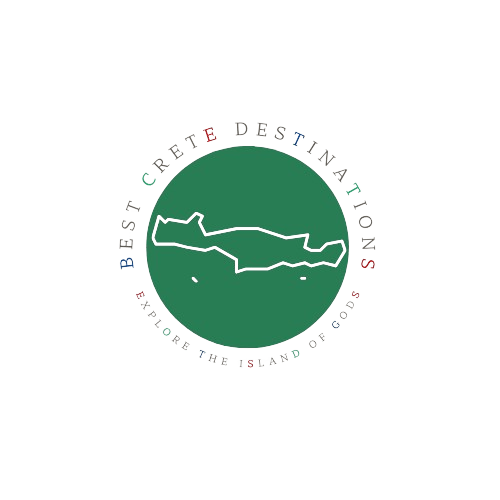
Destinations near samaria gorge
More options for nearby locations to plan your vacations better!



